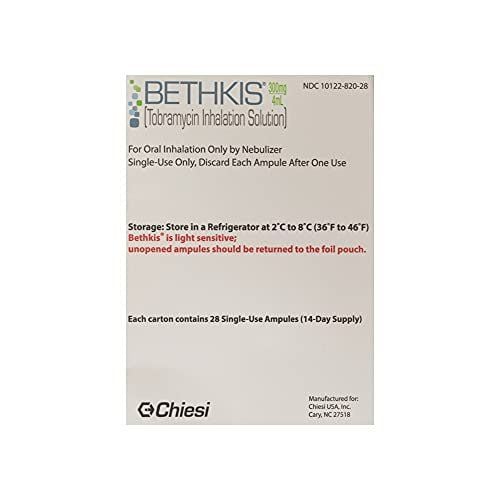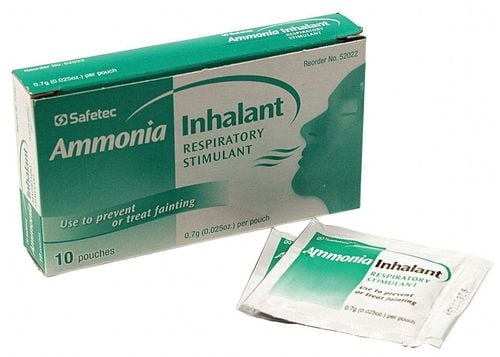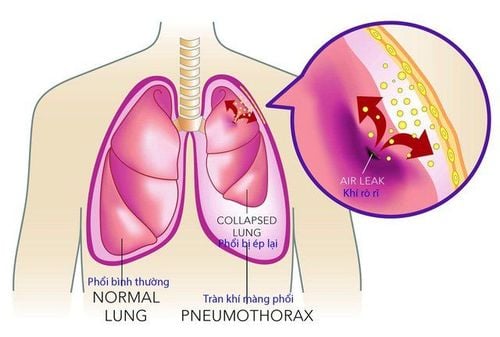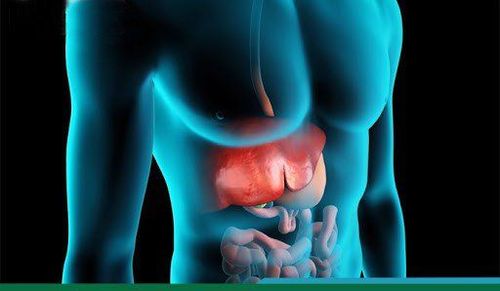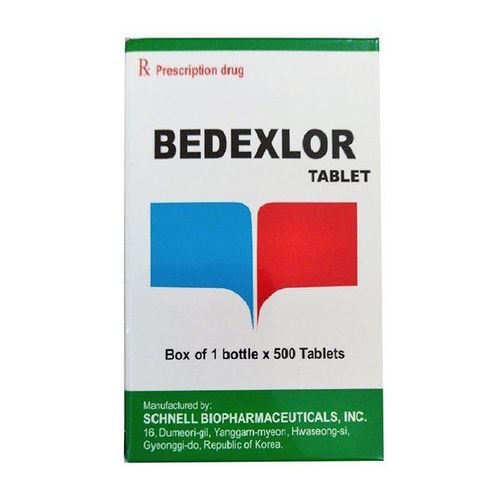This is an automatically translated article.
Thoracoscopy is a minimally invasive procedure that allows the surgeon to examine the pleura of the lung and the surface of the lung. The internal images and video obtained with this technique help the physician identify signs of pleural mesothelioma such as inflammation, pleural plaque, and pleural thickening.1. What is thoracoscopy?
Thoracoscopy is a procedure doctors use to look at the space inside the chest cavity (outside the lungs). This is done with a thoracoscope, a thin, flexible tube with a light, and a small video camera at the tip. The tube is inserted through a small cut near the lower end of the shoulder blade between the ribs. Thoracoscopy is sometimes done as part of the VATS procedure, which stands for video-assisted thoracic surgery.2. Why do you need a thoracoscopy?
There are several reasons you may need a thoracoscopy, which your doctor will recommend:To find out why you are having lung problems this test is used to find the cause of lung problems (such as difficulty breathing or coughing up blood). You have a suspicious area in your chest that needs to be examined: A thoracoscopy can be used to look at an abnormal area seen on an imaging test (such as a chest X-ray or CT scan). ). It may also be used to take a biopsy sample of lymph nodes, abnormal lung tissue, the chest wall, or the pleura (pleura). It is commonly used for people with mesothelioma and lung cancer. Small lung cancer treatment: Thoracoscopy can sometimes be used to treat small lung cancer by removing only the part of the lung that contains the tumor (wedge resection) or a lobe of the lung (lobectomy) ) if the tumor is larger. In certain cases, it may also be used to treat cancer of the esophagus or thymus. You have fluid around your lungs: A thoracoscopy may be done to remove excess fluid around your lungs and causing difficulty breathing. This fluid may also be sent to a lab and checked for cancer or infection. If the fluid around the lungs has been removed, but has built up again, medication may be introduced into the chest cavity with a thoracoscopy to keep the fluid from coming back (pleural effusion).
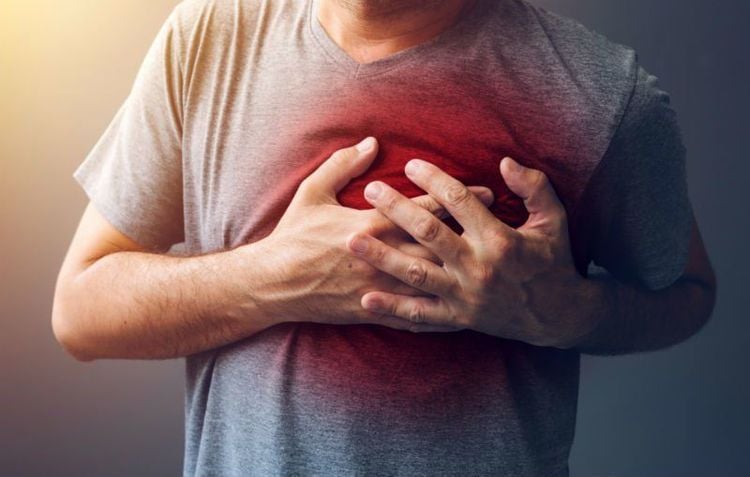
Nếu bạn gặp một số vấn đề như khó thở, ho ra máu, bác sĩ có thể chỉ định nội soi lồng ngực
3. How is thoracoscopy like?
Your experience may be slightly different, depending on why you're having the test, where you're having the test, and your overall health. Be sure to talk to your healthcare provider before having this test so you understand what to expect and ask questions if you are unsure about something.3.1. Before your exam Make sure your healthcare provider knows about any medications you're taking, including vitamins, herbs, and supplements, and if you're allergic to any any medicine.
You may be asked to stop taking blood thinners (including aspirin) for a few days before the test. You may also be asked not to eat or drink anything for at least a few hours before the procedure. Your doctor or nurse will give you specific instructions. Be sure to follow them and ask questions if you don't understand something.
3.2. Having the thoracoscopy exam can be an outpatient (you don't need to stay in the hospital overnight) or inpatient (you need to stay in the hospital overnight or a few days) procedure depending on what's going on. be done. If done as an outpatient, you may need only local (not general) anesthesia and mild sedation (medications that make you jittery but don't require deep sleep). The outpatient procedure is similar to what is described below for the inpatient procedure (VATS) typically performed in the operating room.
For this test, you will be given medication through an intravenous (IV) line to put you into a deep sleep (under general anesthesia). A tube will be inserted into your throat and connected to a ventilator while the procedure is being performed. A small cut is made in the back just below the tip of the shoulder blade between the two ribs where the thoracoscope is placed. Another small cut is made just below the arm on the same side to allow the tool to be inserted. Normally, some of the air in the lung on that side can be released, making it easier to see any abnormal areas. Then, any abnormal areas are removed or biopsied with a cutting tool and examined in a laboratory.
If the fluid needs to be removed, a third cut is made in the lower chest wall and a flexible catheter (called a chest tube) is inserted so the fluid can drain out for a few days. The thoracoscope and cutter are then removed and the incisions closed. Once the procedure is complete, you will be gently awakened and the ventilator removed.
This process can take anywhere from 30 to 90 minutes, but it could take longer, depending on what is being done.
3.3. After the test After the procedure, you will be closely monitored to make sure you do not have any problems. When the anesthetic wears off, you may feel groggy or confused for several hours. Your mouth and throat will likely be numb for several hours. You will not be allowed to eat or drink until the anesthesia wears off. After the numbness wears off, you may have a sore throat, cough, or hoarseness for about the next day. You may experience pain or numbness at the site of the cut.
If you had the procedure as an outpatient, you will most likely be able to go home in a few hours, but you will likely need a ride home because of the medicine or anesthetic you received.
Your doctor or nurse should give you specific instructions about what you can and cannot do in the hours after the test.
If you had the procedure done under general anesthesia, you will most likely stay in the hospital for a few days. If a chest tube is inserted to drain fluid, it may be withdrawn within a few days after drainage stops.
If a biopsy is done as part of the procedure, the results will usually be available within a few days, although some tests on a biopsy sample may take longer. You will need to see your doctor again after the procedure to receive the results.
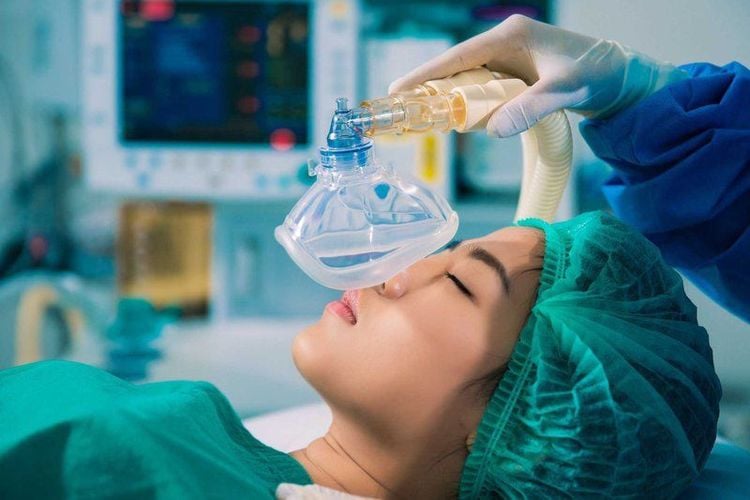
Nếu nội soi lồng ngực dưới gây mê toàn thân, bạn cần ở lại viện một vài ngày
4. Possible complications of thoracoscopy
Thoracoscopy risks include:Bleeding Pneumonia (infection in the lungs) Requires thoracoscopic surgery, in which the chest cavity is opened with a larger cut, because the procedure cannot be performed with smaller cuts used with thoracoscopy Partial collapse of the lung (pneumothorax) Infection of the incision (cut) Your doctor will order a chest X-ray after a thoracoscopy to check for pneumothorax (or other lung problems). Some problems may go away on their own, but if they cause symptoms (such as difficulty breathing), they may need treatment.
Ask for specific instructions about when you might need to call your doctor (for problems like chest pain, shortness of breath, coughing up blood, or a fever that doesn't go away). Make sure you understand when you should call.
Thoracoscopy is a technique that requires the operator to have extensive experience and high expertise, ensuring the least invasiveness to the patient's body and the highest treatment efficiency.
Currently, Vinmec International General Hospital is a reliable address to perform the above surgery. Vinmec International General Hospital gathers a team of famous doctors and nurses in the industry, with good expertise, rich experience, heart and vision. Not only are there domestic doctors, there are also foreign doctors from Japan, Singapore, etc. to help patients access new and effective treatment regimens from countries with developed medical backgrounds. In the world.
In addition, the system of facilities here is very modern. The machines are all imported, new and high quality, effectively supporting the doctor's diagnosis and treatment process faster and more effectively. To register for examination and treatment at Vinmec International General Hospital, please book an appointment on the website for service.
Please dial HOTLINE for more information or register for an appointment HERE. Download MyVinmec app to make appointments faster and to manage your bookings easily.





